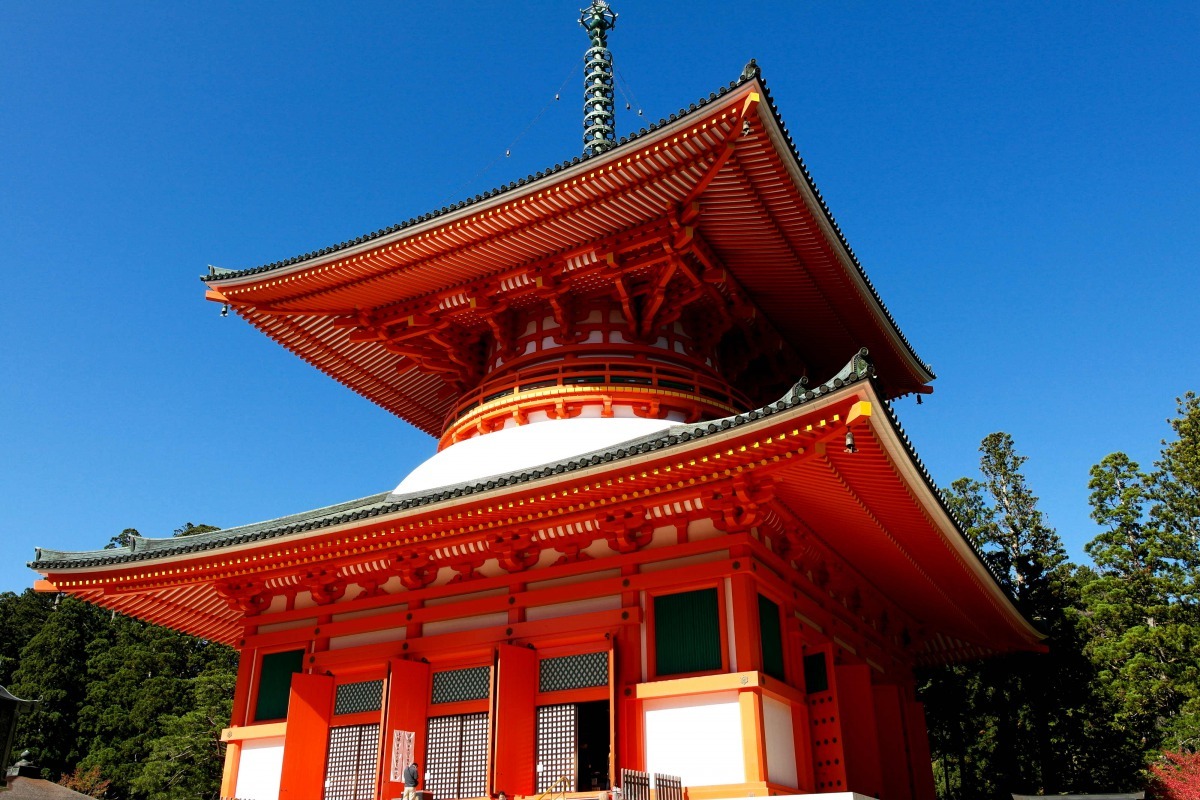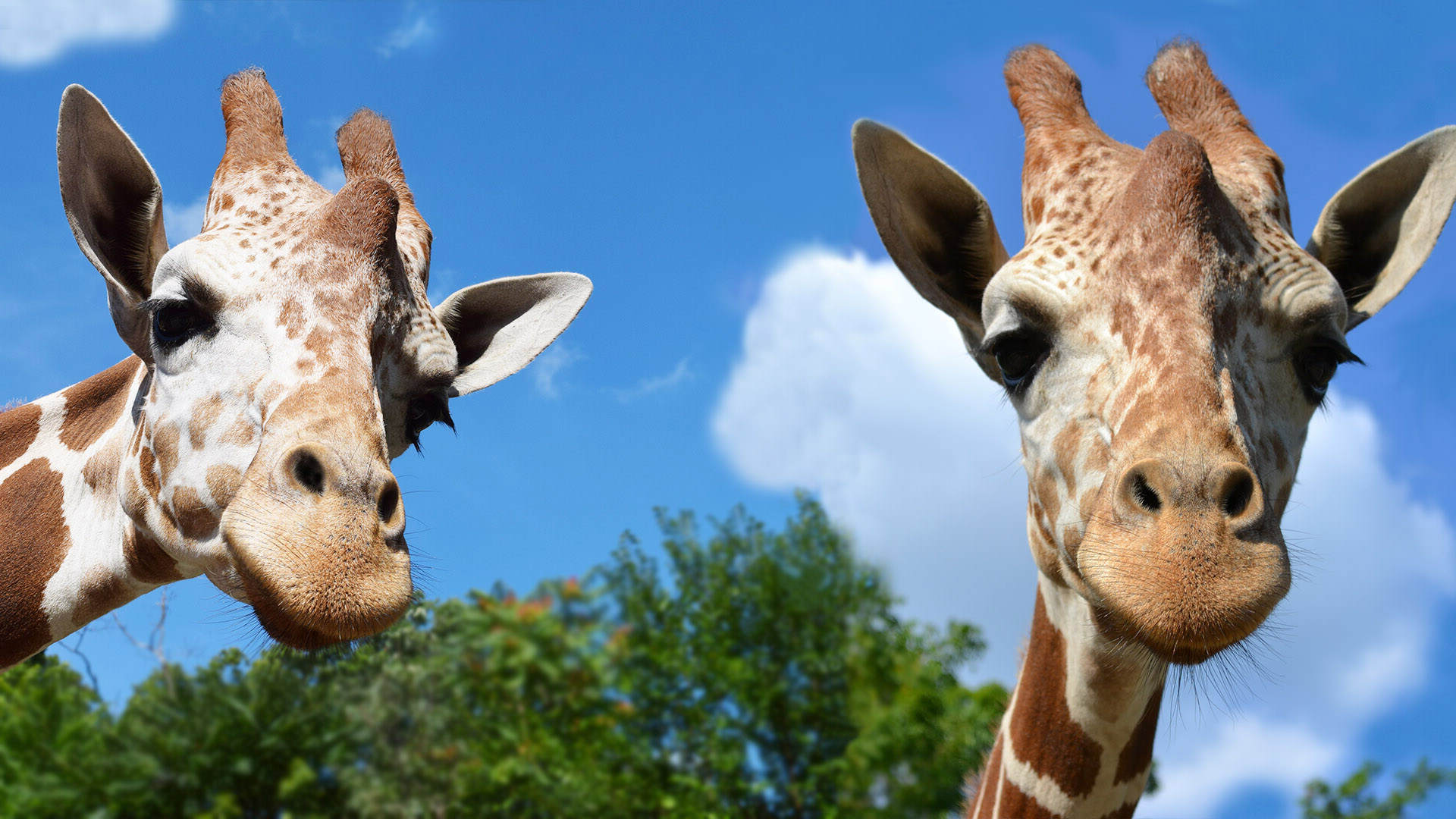
Mount Koya, also known as Koyasan, is a mystical and serene destination in Japan that holds deep spiritual significance. Nestled in the Wakayama Prefecture, this sacred mountain is the heart of Shingon Buddhism. Founded by the monk Kobo Daishi in the 9th century, Koyasan is home to over 100 temples, many offering lodging to pilgrims and tourists alike. The area is renowned for its stunning natural beauty, ancient cedar trees, and the ethereal Okunoin Cemetery, where thousands of lanterns glow softly. Whether you're a history buff, nature lover, or spiritual seeker, Koyasan offers a unique blend of tranquility and cultural richness. Ready to learn more? Here are 15 fascinating facts about Mount Koya.
The Sacred Mountain
Mount Koya, also known as Koyasan, is a significant spiritual site in Japan. Nestled in the Wakayama Prefecture, it is the center of Shingon Buddhism. Let's dive into some fascinating facts about this sacred mountain.
-
Mount Koya was founded by Kobo Daishi
Kobo Daishi, also known as Kukai, established Koyasan in 816 AD. He was a revered monk who brought Shingon Buddhism to Japan. -
Home to over 100 temples
Koyasan boasts more than 100 temples, many of which offer lodging for pilgrims and tourists. Staying in a temple provides a unique cultural experience. -
Okunoin Cemetery is Japan's largest
Okunoin is the largest cemetery in Japan, with over 200,000 tombstones. It is the resting place of many famous historical figures.
Spiritual Practices
Koyasan is not just a place of historical significance; it is also a hub for various spiritual practices. Here are some intriguing aspects of the spiritual life on the mountain.
-
Morning prayers at temples
Visitors can participate in morning prayers, known as "Asa-no-go," at many temples. These prayers offer a glimpse into the daily life of monks. -
Shakyo: Sutra copying
Shakyo, the practice of copying Buddhist sutras by hand, is a common spiritual activity in Koyasan. It is believed to bring peace and enlightenment. -
Ajikan meditation
Ajikan meditation, a form of Shingon Buddhist practice, focuses on the visualization of the Sanskrit letter "A." It is a method to achieve inner peace.
Cultural Significance
Mount Koya holds immense cultural value in Japan. Its temples, rituals, and festivals are deeply rooted in Japanese tradition.
-
Danjo Garan complex
The Danjo Garan is a central temple complex in Koyasan. It includes the iconic Konpon Daito Pagoda, symbolizing the universe in Shingon Buddhism. -
Koyasan Reihokan Museum
This museum houses a vast collection of Buddhist art and artifacts. It offers insight into the rich history and culture of Koyasan. -
Annual festivals
Koyasan hosts several annual festivals, such as the Aoba Festival, celebrating Kobo Daishi's birth. These events attract pilgrims and tourists alike.
Natural Beauty
Apart from its spiritual and cultural significance, Koyasan is also known for its stunning natural beauty. The mountain and its surroundings offer a serene escape from the hustle and bustle of city life.
-
Scenic hiking trails
Koyasan features numerous hiking trails that wind through lush forests and offer breathtaking views. The Choishi Michi trail is a popular route for pilgrims. -
Seasonal beauty
The mountain is beautiful year-round, with cherry blossoms in spring, vibrant foliage in autumn, and snow-covered landscapes in winter. -
Sacred cedar trees
Many ancient cedar trees, some over 1,000 years old, can be found in Koyasan. These trees add to the mystical atmosphere of the area.
Unique Experiences
Koyasan offers unique experiences that are hard to find elsewhere. From temple stays to traditional cuisine, visitors can immerse themselves in the local culture.
-
Temple lodging (Shukubo)
Staying in a temple, known as Shukubo, allows visitors to experience the monastic lifestyle. Guests can participate in prayers, meditation, and enjoy vegetarian meals. -
Shojin Ryori: Buddhist cuisine
Shojin Ryori is a traditional vegetarian cuisine served in Koyasan. It is prepared without meat, fish, or strong flavors, focusing on simplicity and balance. -
Nighttime cemetery tour
A nighttime tour of Okunoin Cemetery offers a different perspective. Guided tours provide historical context and share eerie yet fascinating stories.
Final Thoughts on Mount Koya
Mount Koya, or Koyasan, offers a unique blend of history, spirituality, and natural beauty. From its founding by Kobo Daishi to its role as a center for Shingon Buddhism, this sacred site has much to offer. Visitors can explore ancient temples, participate in traditional rituals, and experience the serene beauty of the Okunoin Cemetery. The mountain's rich cultural heritage and tranquil environment make it a must-visit destination for anyone interested in Japanese history or spirituality. Whether you're a history buff, a spiritual seeker, or just someone looking for a peaceful retreat, Mount Koya has something for everyone. So, pack your bags and get ready to immerse yourself in the captivating world of Koyasan.
Was this page helpful?
Our commitment to delivering trustworthy and engaging content is at the heart of what we do. Each fact on our site is contributed by real users like you, bringing a wealth of diverse insights and information. To ensure the highest standards of accuracy and reliability, our dedicated editors meticulously review each submission. This process guarantees that the facts we share are not only fascinating but also credible. Trust in our commitment to quality and authenticity as you explore and learn with us.


